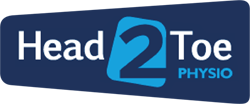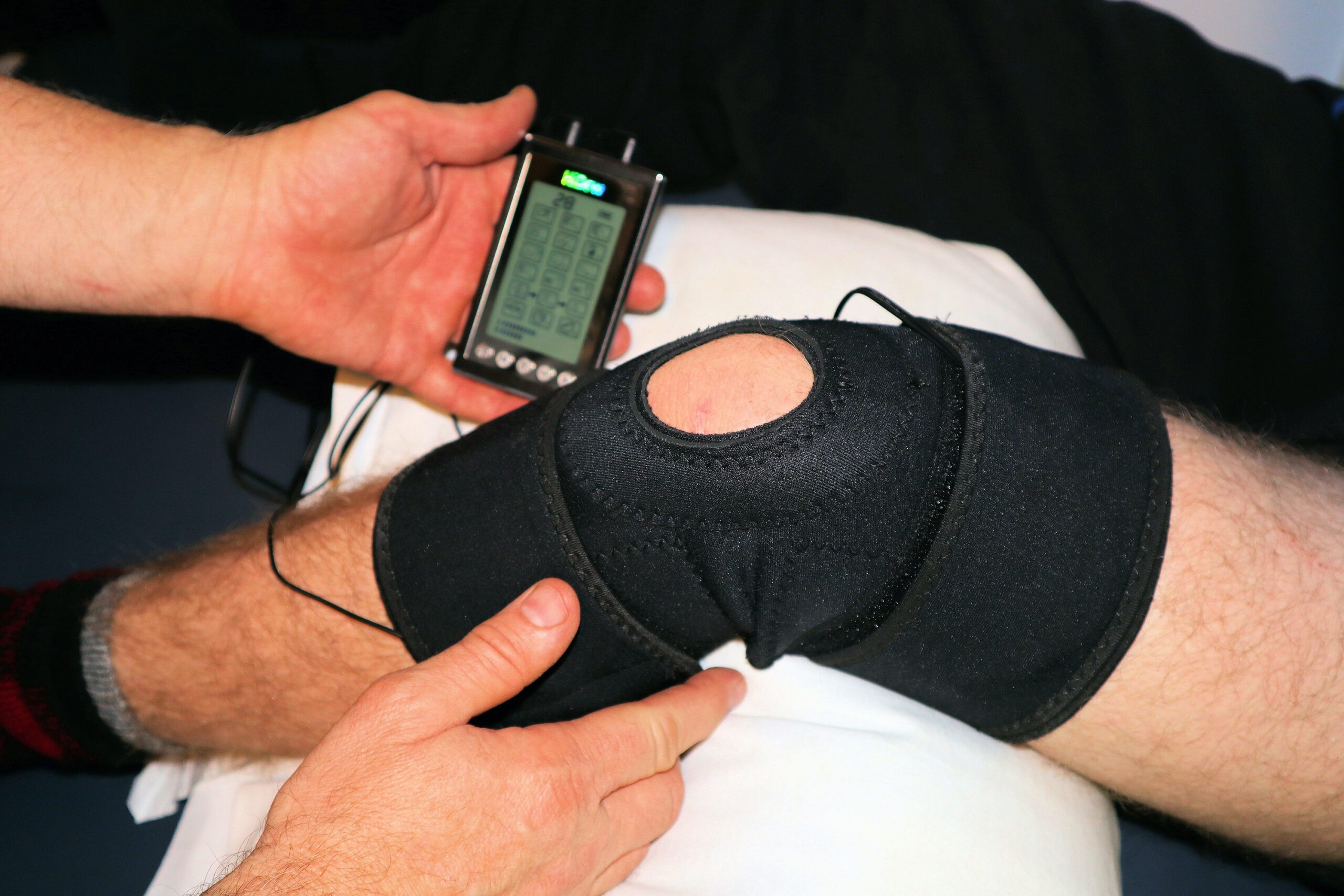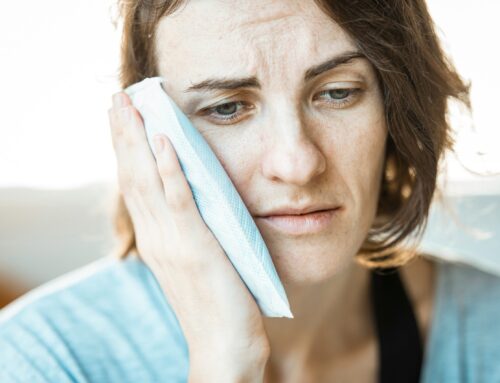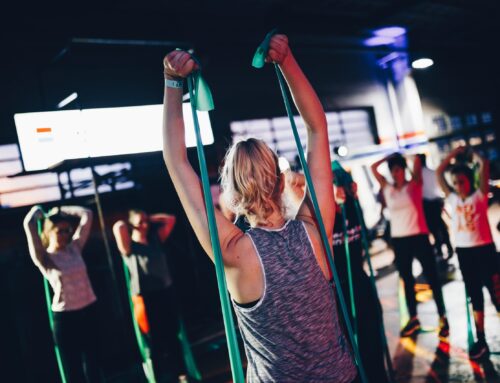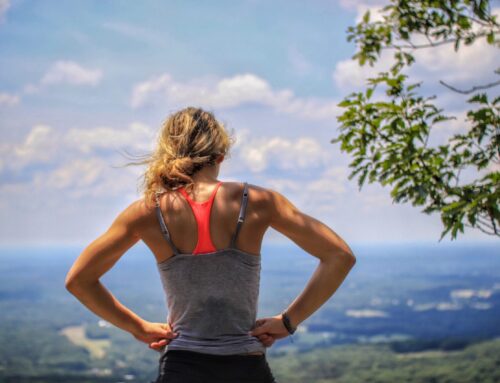What is OA?
Osteoarthritis (OA) is the most common form of joint disease and biggest cause of pain and disability in the world. It affects over 20% of over 45’s.
When I qualified as a physio, we were taught that OA was wear and tear of the joint, you needed an X-Ray to diagnose it and people who had it would end up with a replacement joint. We spent ages looking at sclerotic regions, osteophytes (the pointy, sticky out bits of bone), cysts and joint narrowing.
The weird thing was, sometimes those people with the worst looking X-Rays had the least pain and conversely those people seemingly crippled with pain and loss of mobility had reasonably good-looking X-Rays?
Well you quickly learnt that all cases were different and it wasn’t as simple as someone having a lower pain tolerance than others, being more overweight, having played more sport and so on.
I remember working in an Orthopedic clinic with a surgeon. Two patients, a few hours apart, with arthritic, painful knees had both asked what caused their problem. The surgeon asked them whether they had played lots of sport. One said “yes” and one said “no”. The surgeon looked at them both squarely, shrugged and said “probably that”. I remember being shocked at the time, but he turned to me later and said, “well I don’t know, do you”?
The answer I conceded was no.
How should we manage OA?
Sadly, no one has yet produced an exercise, pill or lotion to stop the progress of OA. However, many people with OA still seem to have relatively little pain and function really quite well. I’m thinking of many of my fit, older patients who run quicker and further than I can, with apparently relative ease!
On closer inspection, they would be found to have degenerative changes on X-Rays and scans. So how do they do it? Plus, if they can do it, shouldn’t that be our aim with all our patients? I don’t mean running ultra-marathons, but I do mean being able to function with relatively little discomfort.
What do we know?
There is good evidence that exercising has been shown to improve pain and disability in many patients. That exercise would include aerobic exercise combined with muscle strengthening and control work.
When you add a structured diet to it, weight loss is possible. It’s amazing to think that reducing your weight by 10% can reduce your symptoms by as much as 50%!
What should we know?
Something that all our Head2Toe Physios do as part of your sessions is work out what you do or don’t know about your condition. Seeing us is a great chance for patients to ask questions.
One of the most common questions we get asked is “does exercising make OA worse”?
The simple answer is you can never say never but picking the right type and amount should mean no it doesn’t. There are studies which show the risk of OA is not increased in those who exercise. Even exercise like running has not been shown to significantly worsen knee OA. That doesn’t mean that everyone should go out and start running but your Physio will be able to advise you on what is and isn’t sensible.
Are people doing what they should?
This is the really frustrating part. There has been a lot of research done and we have some pretty good guidelines as to what and how to advise patients regarding their OA. Shockingly up to 50% of patients will never try exercise therapy, even though it’s clearly best to include it in management of OA.
How can Head2Toe Physio help my OA?
Our physios are great at assessing your joint conditions. They will listen to you, assess you as appropriate and then try and help you best manage your condition.
We can answer your questions, let you know what may or may not be such a good idea. We can help you with exercise specifics. Which exercises should you do, how do you do them and how much or many should you be doing?
As registered, health professionals, we are able to refer you into exercise referral schemes at your local gyms. We can talk to your personal trainers or sports coaches about how best to manage your issue.
As well as all that, if you are in pain, we can try a variety of treatments to help reduce your pain levels and make life a little bit easier than it is at present!
Whatever the problem, our physios will work with you to try and ease the pain and get you back to what you like doing best.
At this point I should declare a special interest in OA and it’s management. My team and I are associated practitioners with Arthritis Action. It is a UK based arthritis charity which specialises in educating health professionals and patients. For more information on joining Arthritis Action and gaining many associated benefits please click here.
All our Physiotherapists are highly qualified, experienced, with a variety of post graduate specialisations. If you or anyone you know would like to have a physiotherapy assessment with the team at Dorking , Leatherhead or Crawley , contact us here.
Blog post written by Sam Bowden, Head2Toe Physiotherapist and Director at Head2Toe Dorking, Leatherhead, & Crawley Clinics.

